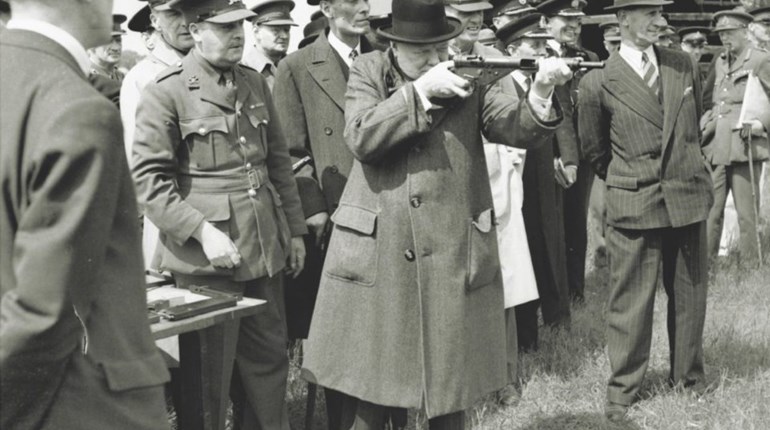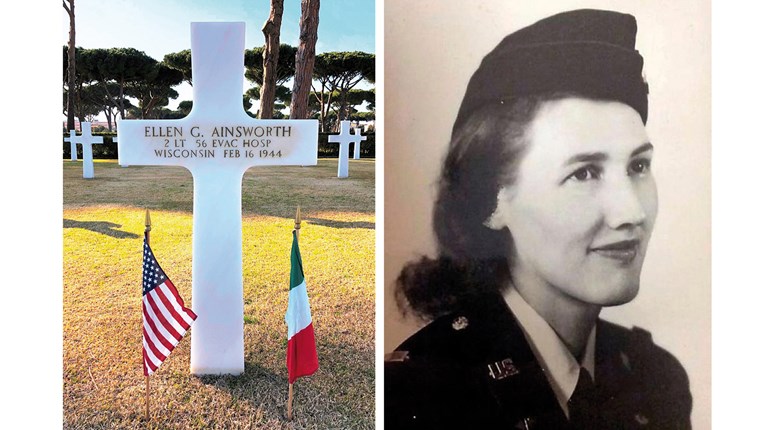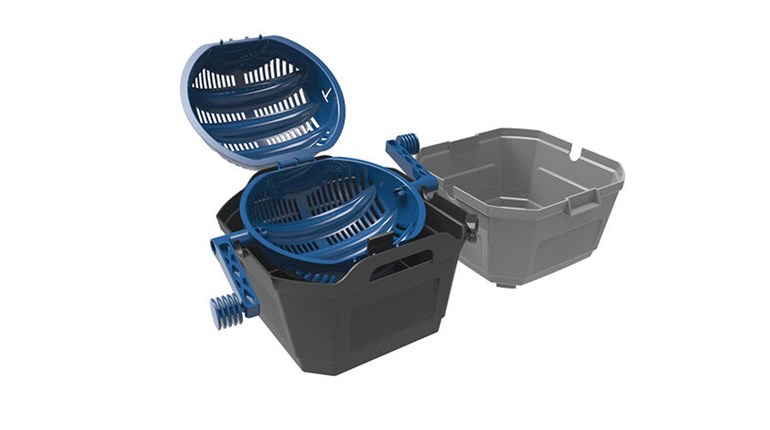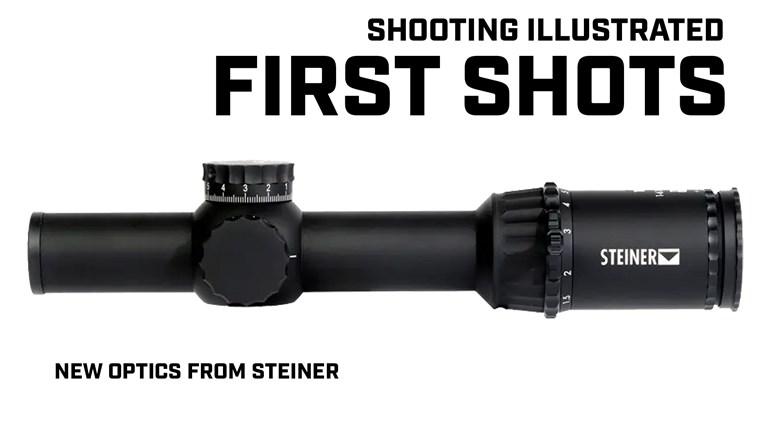

For a half century now, it has been a ubiquitous instrument of law and order. Adopted by West Germany’s Bundespolizei and Grenzshchutz in 1966, it has demonstrated itself an effective tool of counterterrorism. From Mogadishu, to Princes Gate in South Kensington—the Heckler & Koch MP5 submachine gun helped rescue the hostages of Lufthansa Flight 181 in 1977, and then went on to break the Iranian Embassy siege in 1980. In an era when open-bolt, blowback 9 mm submachine guns like the Walther MPL, Uzi, Swedish K, and the Sterling were abundant, the MP5 introduced the world to the elegantly simple, yet quite dependable roller-delayed blowback-operating mechanism. Firing from the closed bolt and using a fluted chamber, it marked an important evolution in small-arms design that brought the submachine gun out of the Cold War and into the 21st century.
Throughout its 50 years of production, the MP5’s basic anatomy has changed little. The straight detachable-box magazine began to go away in 1977 when the product-improved, curved 30-round magazine was introduced, but outside of that cosmetic change, virtually everything has remained the same. The retractable stock of the MP5A3 gave it a compactness that appealed to its many military and law enforcement users, and a three-lug barrel made it an ideal suppressor host for special operations. Introduced in 1976, the integrally suppressed MP5SD evolved the platform into a firearm that could use standard-velocity ammunition and still function quietly. With nine different models in all, the MP5 has been configured for every possible mission where a pistol-caliber submachine gun is the right tool for the job.

In total, these features have given the MP5 an innovative versatility that has made it one of the most esteemed and admired firearms of all time. But the design’s success in service paved the way for a second career—one characterized by success in the recreational shooting world. The semi-automatic SP89 and HK94 both generated impressive popularity, but that was a generation ago. Today, the MP5 lives on as a civilian favorite in the form of semi-automatic pistols and carbines made by various domestic manufacturers, as well as Title I clones made in Turkey at MKE and imported by Zenith Firearms. Although their model names are Z-5P, Z-5K, and Z-5RS, these Turkish-made models have breathed new life into the universe of MP5 enthusiasm. In May 2016, Heckler & Koch announced the forthcoming release of the company’s SP5K 9 mm pistol—a new semi-automatic version that brings the MP5 into its fifth decade of production at Heckler & Koch.
More than 80 countries worldwide have purchased the MP5 and special operators from several countries have used it during counter-terrorism and hostage rescue missions: Germany’s GSG-9 unit, the British Army’s SAS, U.S. Navy SEALs and the U.S. Army’s Delta Force. It can even been seen guarding No. 10 Downing Street in London in the hands of members of the city’s Metropolitan Police. Although more modern designs have begun to eclipse it, the MP5 is nevertheless a classic that is still in demand and still in service.





































